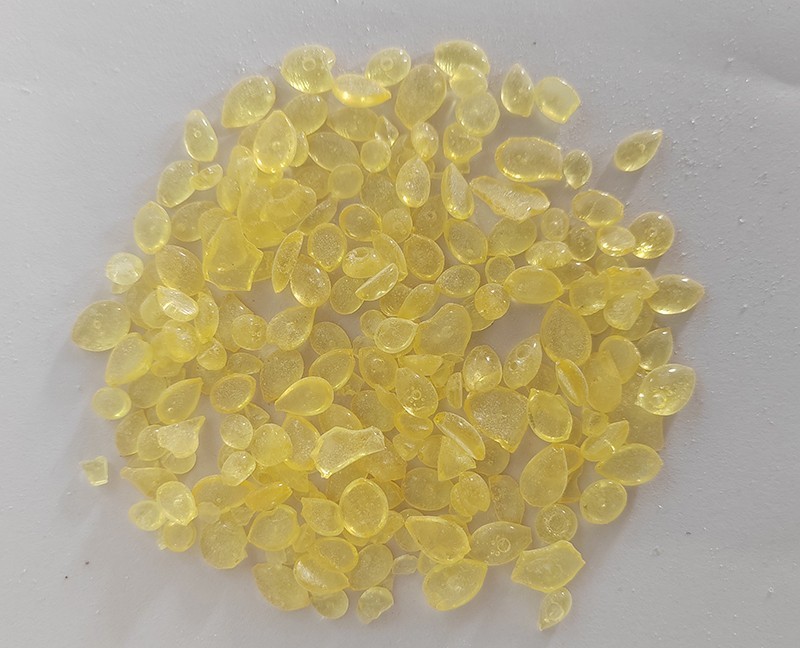The softening point of
C5 petroleum resin is usually within the range of 70-140℃.However,its softening point is not a fixed value and can vary due to various factors.The following will be introduced in detail by the C5 petroleum resin manufacturer in China:
1.Molecular structural differences:C5 petroleum resin is obtained by cationic polymerization of C5 fractions obtained from the decomposition of naphtha.The components include isobutene,1,3-dipentene,methylbutene,pentene,cyclopentadiene,etc.Other monomers can also be added for copolymerization.If there are more cyclic structures and branches in the molecule,the intermolecular interactions will be enhanced,and the softening point will correspondingly increase;On the contrary,if the molecule has a simple linear structure,the intermolecular forces are weak,and the softening point is lower.

2.Different polymerization processes:During the polymerization process,conditions such as reaction temperature,pressure,catalyst type and dosage have a significant impact on the softening point of C5 petroleum resin.Generally speaking,higher reaction temperatures and longer reaction times will promote the growth of molecular chains and increase molecular weight,thereby improving the softening point;The high activity and large dosage of catalysts may accelerate the polymerization reaction rate,alter the molecular weight distribution,and have varying degrees of impact on the softening point.
3.Different post-processing methods:When producing C5 petroleum resin for post-processing,if different purification and modification methods are used,the softening point will also be different.For example,through hydrogenation modification treatment,the double bonds in the resin molecules can be saturated,the unsaturation of the molecules can be reduced,and their thermal stability and weather resistance can be improved,usually resulting in an increase in the softening point.
In practical applications,C5 petroleum resin with suitable softening point needs to be selected according to specific requirements.For example,in the field of hot melt adhesive,in order to achieve fast bonding,good initial adhesion,and maintain colloidal stability at appropriate temperatures,it is necessary to use C5 petroleum resin with a low softening point(around 70-90℃)to make the hot melt adhesive have good flowability at lower heating temperatures,evenly apply it to the surface of the adhesive,and quickly cure after cooling to form a strong bond.When used for rubber thickening,in order to ensure that C5 petroleum resin is fully mixed with rubber during rubber processing and use,does not flow at high temperatures,and maintains a certain structural strength,products with higher softening points(around 100-140℃)may be selected.

 Language
▼
Language
▼


 Address:Linzi District,Zibo City,Shandong Province
Address:Linzi District,Zibo City,Shandong Province E-mail:wanbang@wanbangresin.com
E-mail:wanbang@wanbangresin.com WhatsApp:+8615053337101
WhatsApp:+8615053337101